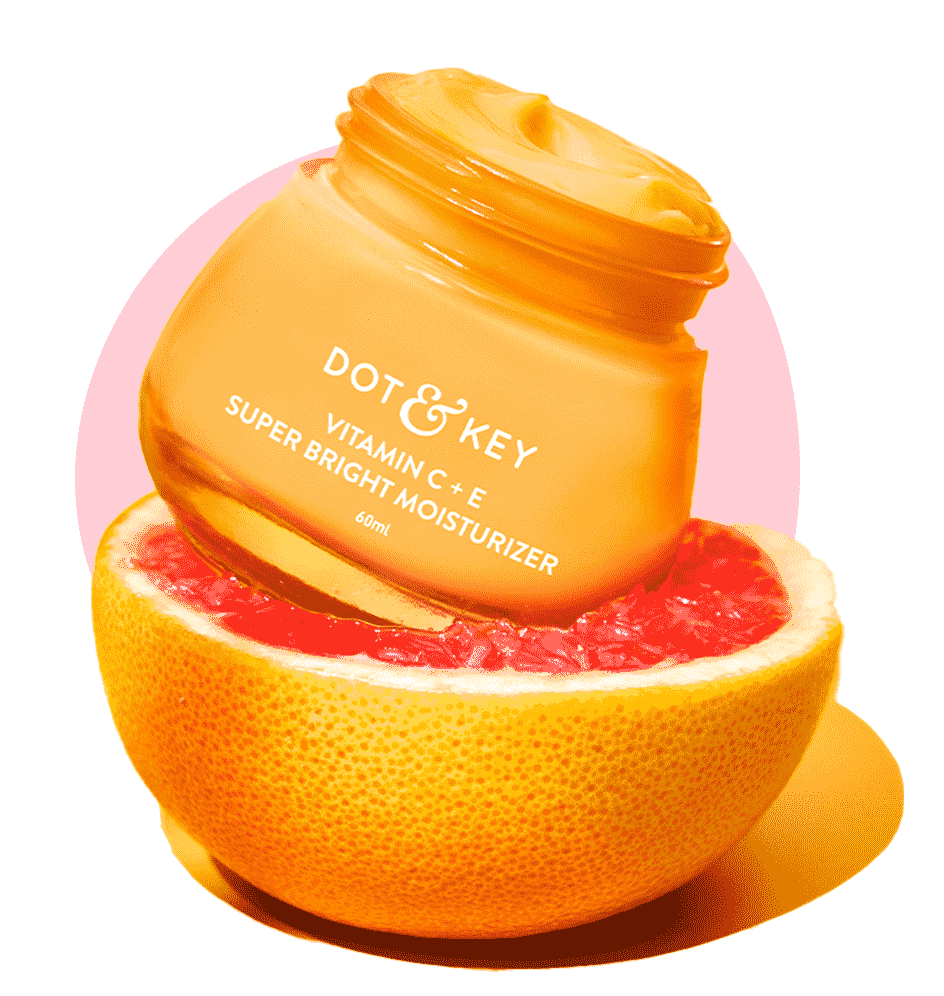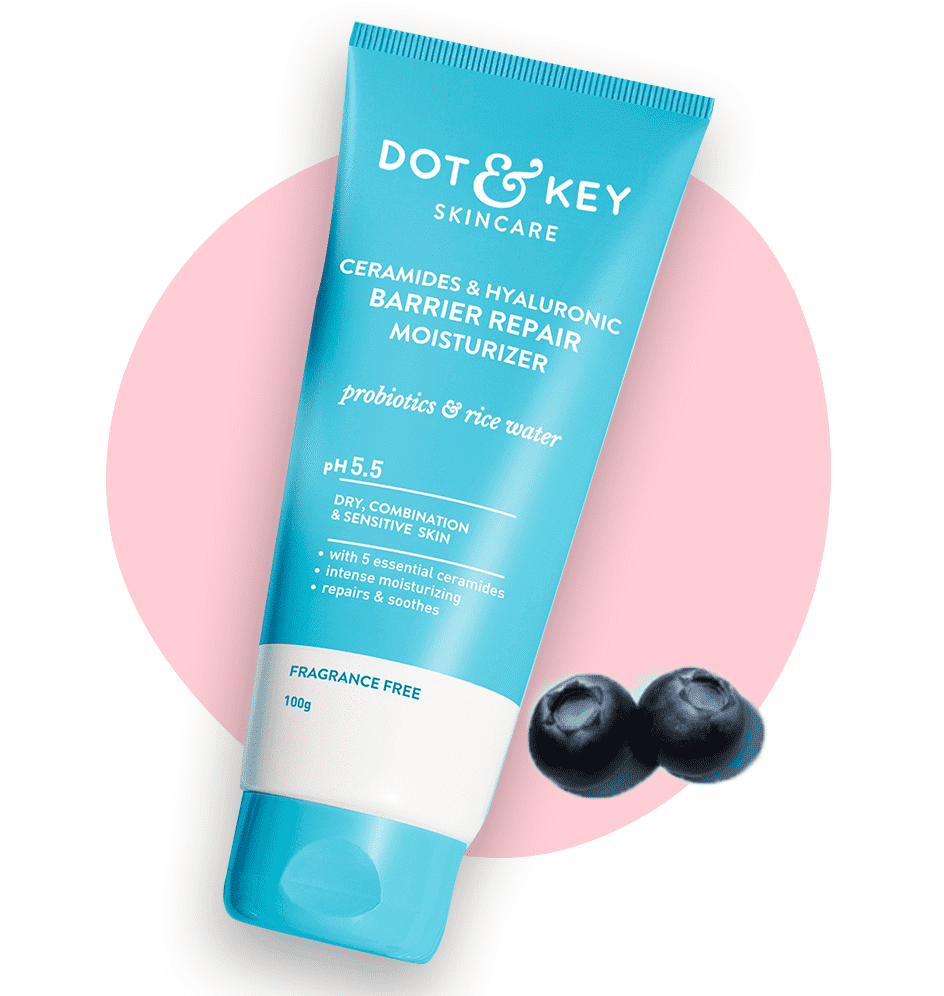
Astringents and toners are both skincare products used after cleansing, but they serve different purposes. While a toner is more hydrating and gentle, an astringent is stronger and specifically designed to control oil and tighten pores. Understanding their differences can help you choose the right one for your skin type and concerns.
Here’s a detailed comparison to help you decide which one suits your skincare routine.
What is an Astringent?
An astringent is a liquid skincare product formulated to remove excess oil, tighten pores, and reduce shine. It often contains alcohol or other drying agents, making it more suitable for oily or acne-prone skin.
Key Features of Astringents:
- Purpose: Controls oil, tightens pores, and prevents acne.
- Texture: Watery, sometimes with a slight drying effect.
- Common Ingredients: Alcohol, witch hazel, salicylic acid, or tea tree oil.
- Benefits: Reduces oiliness, shrinks the appearance of pores, and clears clogged pores.
What is a Toner?
A toner is a gentler, hydrating product designed to rebalance the skin’s pH after cleansing. Modern toners often include ingredients that address specific skin concerns, like hydration, soothing, or mild exfoliation.
Key Features of Toners:
- Purpose: Hydrates, soothes, and preps skin for serums and moisturizers.
- Texture: Lightweight and watery, non-drying.
- Common Ingredients: Hyaluronic acid, glycerin, chamomile, aloe vera, and niacinamide.
- Benefits: Restores hydration, balances skin, and enhances product absorption.
How They Compare
| Feature | Astringent | Toner |
|---|---|---|
| Primary Function | Removes excess oil and tightens pores. | Hydrates, soothes, and preps the skin. |
| Alcohol Content | Often contains alcohol or drying agents. | Typically alcohol-free and gentle. |
| Skin Type Suitability | Best for oily, acne-prone skin. | Suitable for all skin types; choose based on specific concerns. |
| Effect on Skin | Can dry or tighten skin; reduces shine. | Hydrates and balances the skin’s pH. |
| Frequency of Use | Use sparingly to avoid over-drying. | Safe for daily use, morning and night. |
| Common Concerns Addressed | Oiliness, clogged pores, acne prevention. | Hydration, pH balance, mild exfoliation. |
When to Use an Astringent
Astringents are best for:
- Oily Skin: Helps control excess sebum production.
- Acne-Prone Skin: Reduces the appearance of enlarged pores and clears clogged pores.
- Shiny Skin: Provides a matte finish by reducing oiliness.
Tip: Use sparingly and follow with a moisturizer to prevent excessive dryness.
When to Use a Toner
Toners are ideal for:
- Dry or Sensitive Skin: Hydrates and soothes irritation.
- Combination Skin: Balances oily and dry areas.
- Normal Skin: Maintains hydration and preps for serums and moisturizers.
- Specific Skin Concerns: Choose toners with actives like glycolic acid for exfoliation or niacinamide for brightening.
Can You Use Both Astringent and Toner?
Yes, but they should be used with caution, especially if you have sensitive or dry skin. For example:
- Morning Routine: Use a toner for hydration and prep.
- Evening Routine: Use an astringent to control oil if your skin is particularly oily or prone to acne.
Layering Tip: If using both, apply the astringent first to target oil and then follow with a toner to restore hydration.
Who Should Avoid Astringents?
- Dry or Sensitive Skin: The alcohol and drying agents in astringents can cause irritation and flakiness.
- Ageing Skin: Astringents can exacerbate dryness and reduce skin elasticity.
Common Mistakes to Avoid
-
Overusing Astringents:
Applying astringents too often can strip your skin of natural oils, causing dryness and irritation. -
Skipping Moisturizer After Astringent:
Always follow with a hydrating product to restore moisture. -
Using Astringent on Dry Skin:
Astringents are not suitable for dry or sensitive skin as they can exacerbate dryness.
Conclusion
The choice between astringent and toner depends on your skin type and concerns. Use an astringent if you have oily or acne-prone skin and need to control shine or tighten pores. Opt for a toner if you want a gentler product to hydrate, balance, and prep your skin.
FAQs About Astringents and Toners
1. Can I Use Astringent Instead of Toner?
Astringents and toners are not interchangeable. Astringents are stronger and better suited for controlling oil, while toners are gentler and more versatile.
2. Do Astringents and Toners Work for All Skin Types?
Toners work for all skin types, but astringents are best for oily or acne-prone skin.
3. Can I Use an Astringent Daily?
Astringents can be used daily for oily skin but may be too harsh for other skin types. Always follow with a moisturizer to prevent over-drying.























